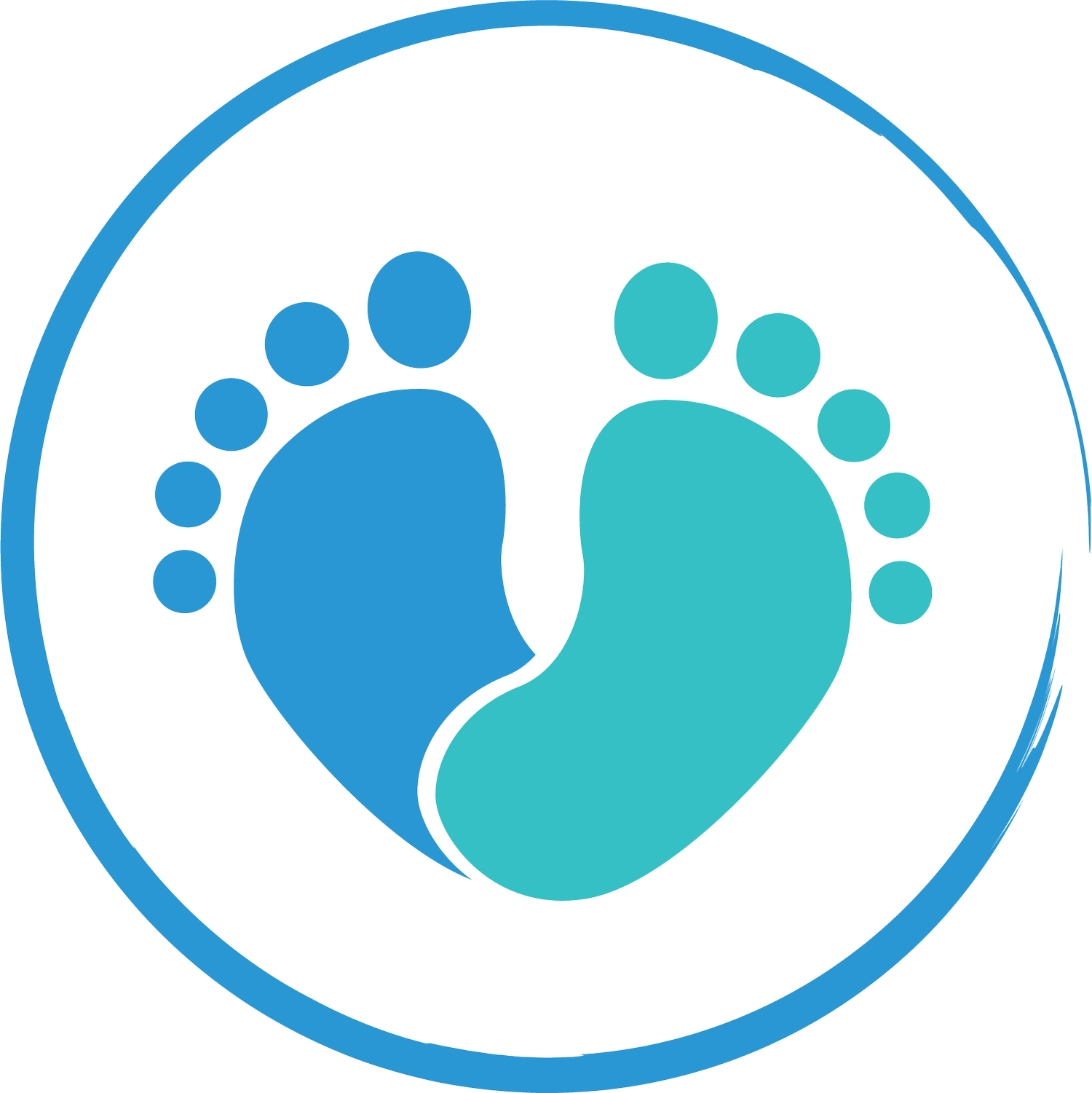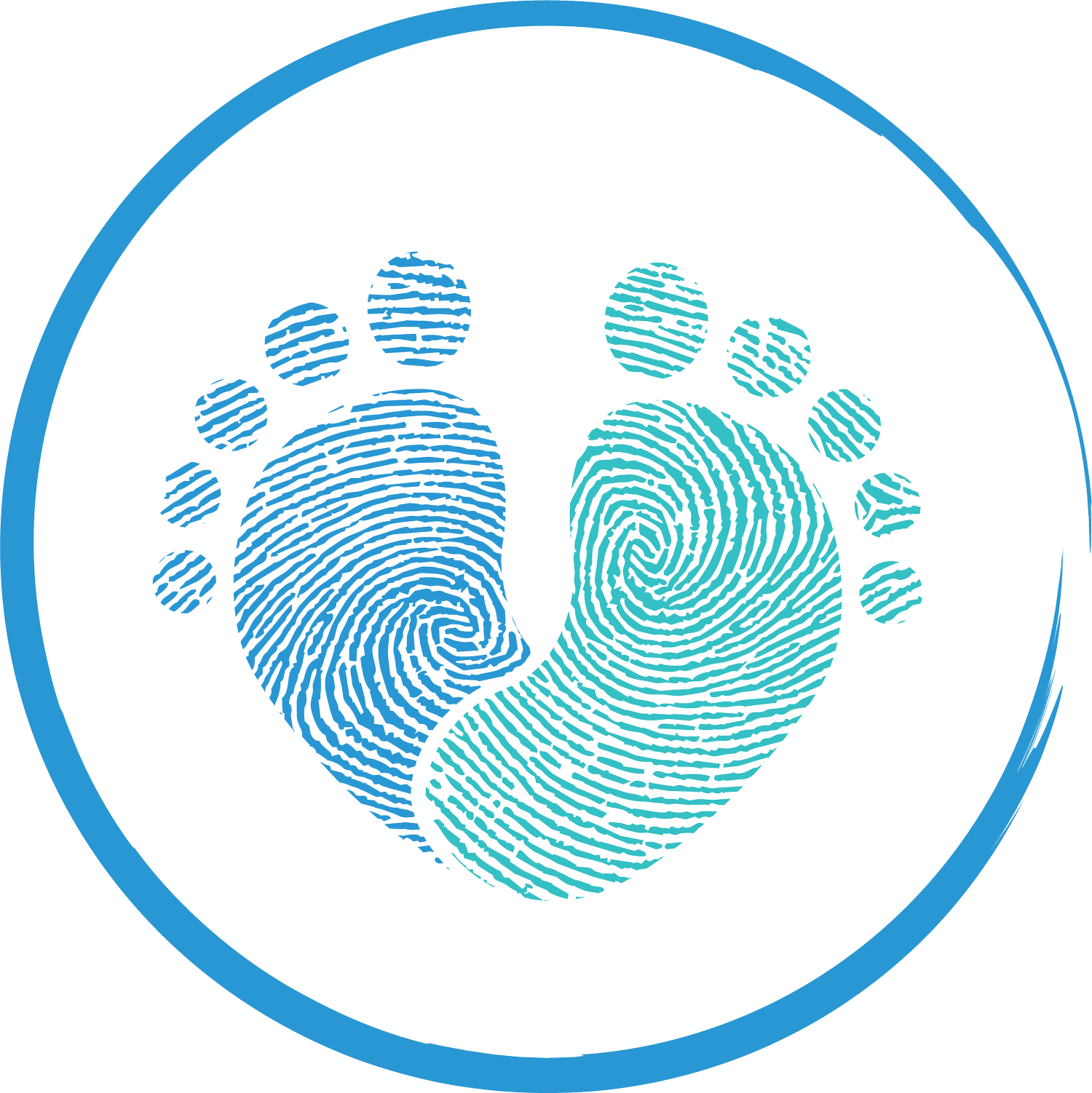Why Do My Feet Hurt Now That I’m Pregnant?
It goes without saying that pregnancy comes with many changes to your body you probably weren’t prepared for. These bodily changes can include (but are definitely not limited to!) nausea, backache, sciatica, and swelling of the lower extremities and feet. 70% of pregnant women will experience swelling to their lower extremity and other changes to their feet. This can lead to pain and added on discomfort to their already growing bellies.
At The Foot Doctor, we know these changes can be difficult to manage and we are here to help!
To begin, it is important to understand why these changes occur in the first place.
Change in gait. A common change encountered is noted in the way you walk. Many women develop a waddling gait due to a change in their center of gravity as the abdomen begins to expand. The spine and pelvis tend to curve inward which leads to the center of gravity shifting forward. This in turn places added stress to the spinal muscles and a heavier load on the back muscles.
Decrease in arch support. Relaxin is a hormone that is released during pregnancy to aid in the loosening of your muscles, joints and ligaments. The primary purpose is to give the ligaments in the pelvic region more stretch or flexibility during childbirth. However, because this hormone is distributed throughout the body, it can cause any ligament in the body to have too much flexibility. This can result in the structures that normally support the arches in your feet becoming relaxed and you losing the support you once had. Couple that with the added weight and stress on these already affected structures and you end up with a strain or fasciitis.
What to do? Although changes in gait and decrease in arch support are normal and somewhat inevitable, it can help to wear shoe gear with adequate shock absorption, medial rearfoot posting to avoid overpronation, arch support, and a gradual heel drop from heel to toe. Orthotics can also be helpful and convenient if you commonly switch shoes.
Swelling of lower legs and feet. As was stated above, swelling in the lower extremities during pregnancy is extremely common. This occurs because the body’s tissues hold more fluid, increasing throughout the day, especially after standing for long periods of time. This fluid retention is also attributed to the pressure caused by the growing belly and the effect this has on the blood flow in the lower extremities.
Ingrown toenails can become serious. Ingrown toenails can occur or become exacerbated with the swelling of the feet. The build up of skin tissue at the nail border can be very painful and become infected with warmth, redness, and drainage noted from the impinged nail border.
What to do? If you are experiencing swelling in your lower extremities and feet, it is important to avoid standing for long periods of time. Taking daily walks and doing foot stretches in supportive shoes is key. Be mindful to hydrate yourself and elevate lower extremities. Although sometimes overlooked, maintaining a low sodium diet and wearing compression stockings can make all the difference.
If you develop an ingrown toenail, it is best to visit your foot doctor for proper management which can range from a simple nail procedure to administration of antibiotics to treat any infection.
KEEP IN MIND! Pregnancy can cause your feet to become wider, especially near the ball of the foot and at the toes. You may also have to go up in shoe size and these changes may linger after pregnancy and become your new norm. Be sure to buy shoes with enough space for the toes and no straps over top of the foot that can compress and cause discomfort.
Finally, persistent lower extremity and foot pain is not normal and should be assessed by your Foot Doctor. Pregnancy is an exciting and life-changing experience and we want to keep you active, healthy, and happy during this journey!
For more information or to schedule an appointment, visit us at thefootandankledoctor.com!


